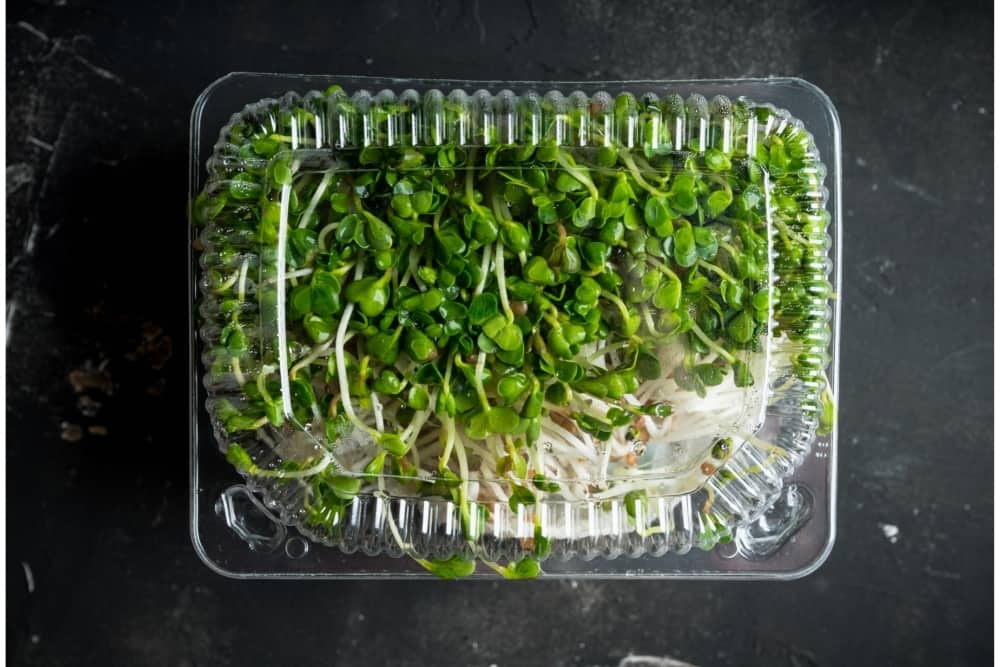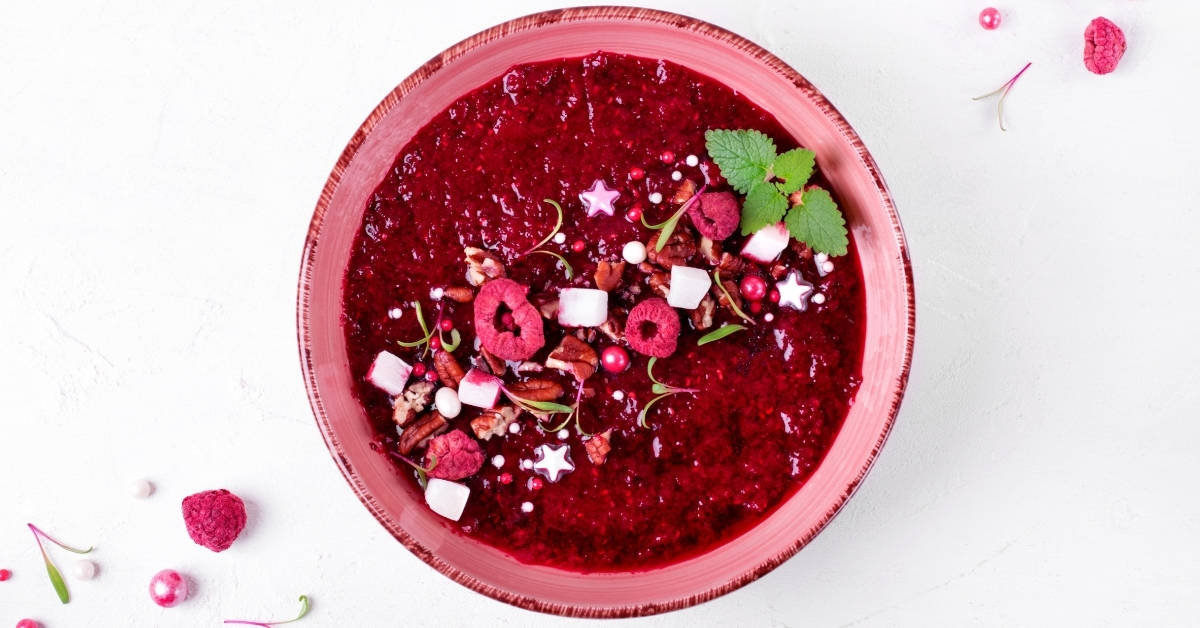Are wondering to get the right answer about “can you freeze microgreens after harvest to continue enjoying them for longer?”.
You are in the right place to get the most authentic answer about it.
Storing microgreens can be difficult for those who do not know the best way. Many people wonder if they can freeze their microgreens after harvest to continue enjoying them for longer.
You can freeze microgreens. However, it isn’t recommended because it will ruin several aspects of your greens. This includes the texture and nutrient content that they contain.
While you are able to freeze microgreens, other methods are typically recommended. To keep your microgreens in their best state, you will need to consider some of these other options and factors.
Freezing Microgreens
Freezing your microgreens is possible, even if it may not be the most recommended method of preserving them. If you are thawing them after freezing, then they may become slimy and less nutritious due to the process.
However, if you have no other option, then you can store them and enjoy them in certain situations.
Prepping Your Microgreens
Before freezing your microgreens, you will need to make sure they are appropriately prepped. As with the majority of food, you will need to wash your microgreens to remove any dirt. After this, you should allow them to dry out.
If you do not allow your microgreens to dry out after washing correctly, crystals can form and damage them further. This could cause them to lose even more of the nutritional value than already occurs while thawing occurs.
Freezing Your Microgreens
After they have been sufficiently dried, you will place the microgreens on a tray. Ensure they are separated, not clumped together; if they freeze together, it could damage them more and make it more difficult to use later.
Put the tray in the freezer for up to an hour, or until they are completely frozen. You can then place them in an airtight container that you can store them in until their intended use.

Frozen Microgreens Recommendation
If you have to freeze your microgreens, then you may consider using them in recipes that include them frozen. This will prevent any of the nutritional benefits from being lost during the thawing process.
A popular recipe that can include frozen microgreens is a smoothie. Many enjoy incorporating fresh microgreens in their smoothies, and frozen ones provide a very similar effect. This is the perfect solution when you have to freeze your microgreens.
Storing Microgreens in the Refrigerator
The best way to store your microgreens is in your fridge. This will keep them fresh for much longer and prevent them from wilting. Properly storing your microgreens can help them keep up to a week, maybe even more, after they are harvested.
Prepping for Storage
Before storing them, you will need to wash them. The best way to do so is by adding a teaspoon of bleach to a sink full of cold water. This will help prevent mold and any deterioration that could occur.
Storing Your Microgreens
Unlike freezing them in the freezer, you will not want to use an airtight container. Microgreens need moisture and circulation to stay fresh for longer.
There are containers explicitly made for fresh greens with a slot on the bottom that a wet paper towel can be placed. They also feature the lid or side that allows air to circulate through the container and keep the microgreens fresh for longer.
However, if you do not have access to this useful tool, there are other ways to store it. Merely having an open container with a damp paper towel placed over it will work as well.
Temperature
This plays a large part in how long your microgreens can last. The longest microgreens can last up to two weeks if the fridge is set at 40 degrees Fahrenheit. Microgreens kept at 50 degrees Fahrenheit tend to stop being as fresh after the first week.
Dehydrating Your Microgreens
While the first two options are the most popular, there is another solution. The biggest issue with dehydrating your microgreens is that they will most likely not have as many uses as before. This isn’t completely negative, as there are still many uses afterward.
How to Dehydrate Microgreens
Dehydrating microgreens is the same as with any other vegetable. The best way to do so is by using a dehydrator and following the steps it recommends. As with any other step, you should wash your microgreens and let them dry prior to starting.
Dehydrating Without a Dehydrator
If you do not have a dehydrator, then there are other methods to do so. They may require more time or effort, but they do work.
Oven
This is the most popular method outside of using a dehydrator. You simply place your microgreens on a tray and place them in an oven. Make sure to set it on the lowest setting and waiting until they are dried out. This can typically take up to eight hours, but it is recommended to check them regularly.
Toaster Oven
If you don’t want to use your oven or don’t have one, this is a similar alternative. The main difference is that you will need to keep the door somewhat open to avoid the possibility of condensation.
Like using your oven, you will need to put it on the lowest setting possible. The timing depends on your toaster oven, so you will need to check on them regularly.
Microwave
This can be a delicate process to adjust to since there is no exact timing to this method. Each microwave is different, and the timing can differ as well. The best option is to put your microwave on a lower setting and put your microgreens in for short periods until you get a feel for it.
Sun Dry
This is the most recommended option when dehydrating microgreens. It is a straightforward process to follow, and one many people enjoy, despite the wait.
Most people will just tie them together with twist-ties, if possible. They then wrap them in cheesecloth, hang in the sun for a few days, or completely dry. Some people don’t cover them while they are drying, but this depends on the person.
Another option is to look into herb-drying boxes, as they are made specifically for this use. They usually include a wooden frame with a screen that the microgreens can be placed on. However, the most popular method is to hang them in a sunny area simply.
Best Uses for Dehydrated Microgreens
After you have dehydrated your microgreens, you may need to consider how to cook the next. The most popular methods are to use them to flavor soups or grind them up for other similar meals.

Some people will even enjoy microgreens in their dehydrated state as a snack. This mostly depends on the person and how you usually enjoy them. They can typically be used in any kind of meal you may want to cook.
Final Thoughts
There are many ways to store microgreens and preserve their nutritional benefits properly. The most popular method to preserve their freshness is by putting them in the refrigerator. The second most popular method is to dehydrate your microgreens. Both of these methods preserve the benefits of microgreens while being able to store them for longer.
Freezing microgreens is not recommended, especially considering the other options. Freezing is only recommended if you want to place them in a smoothie or have no other options available.

